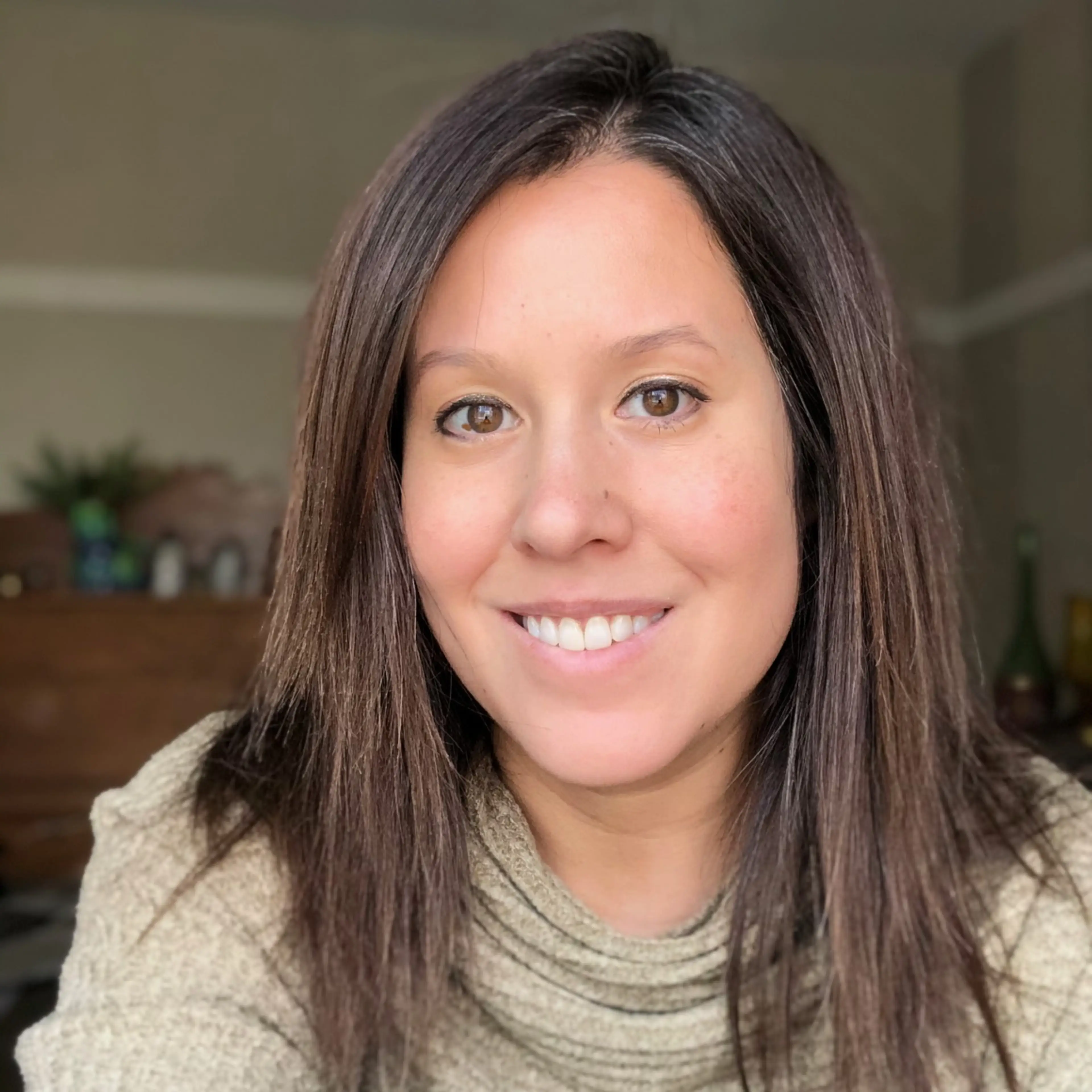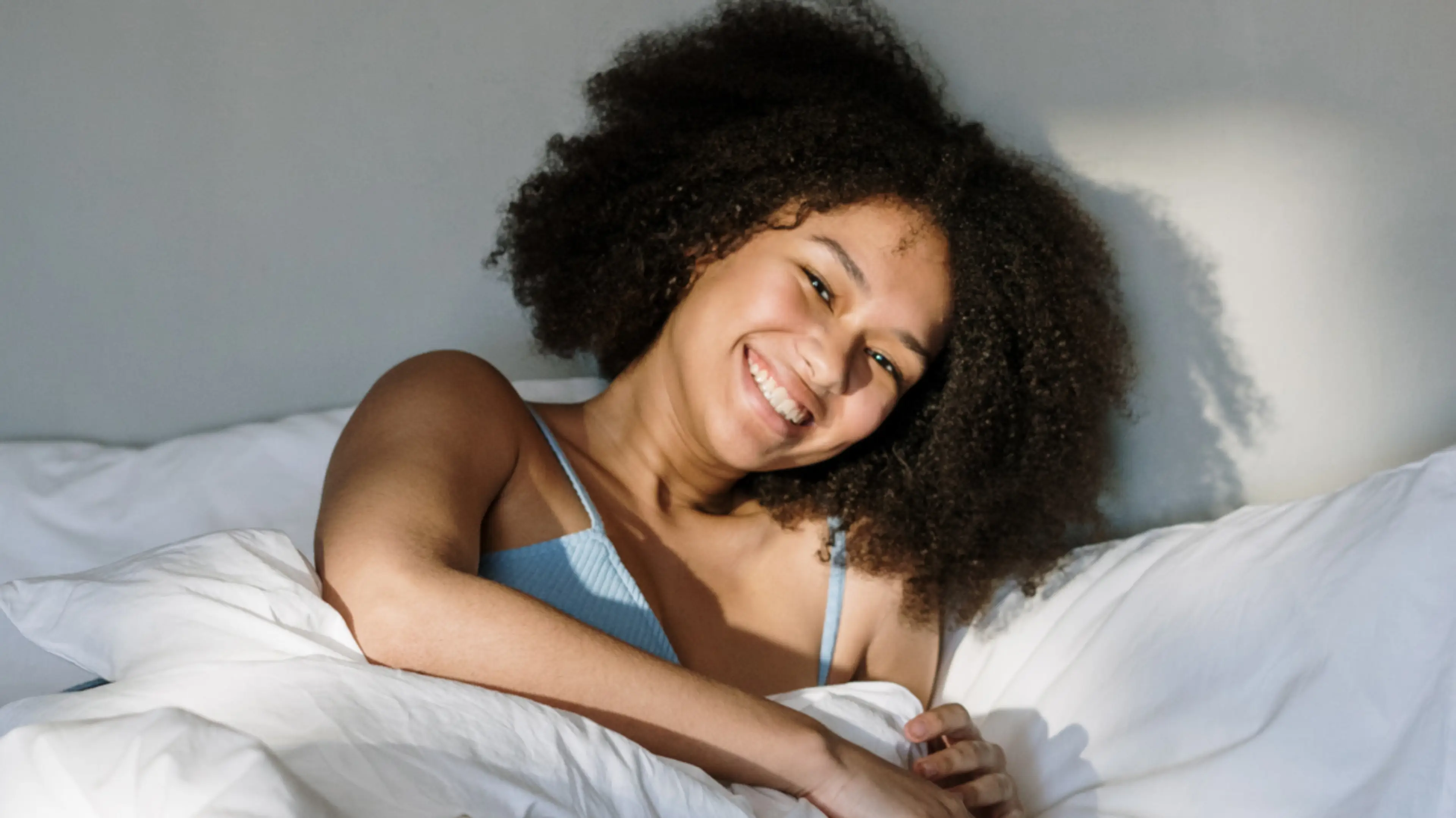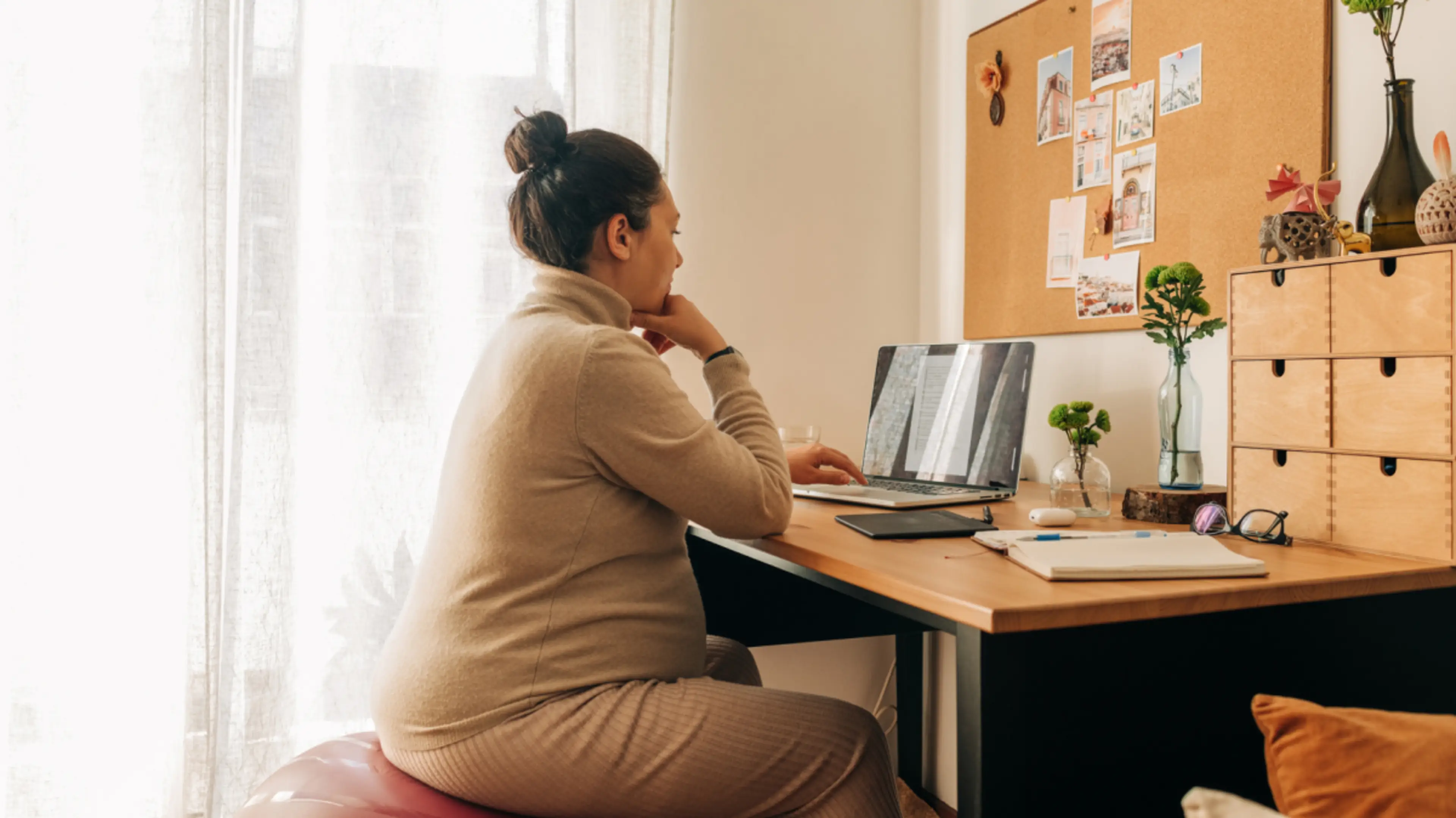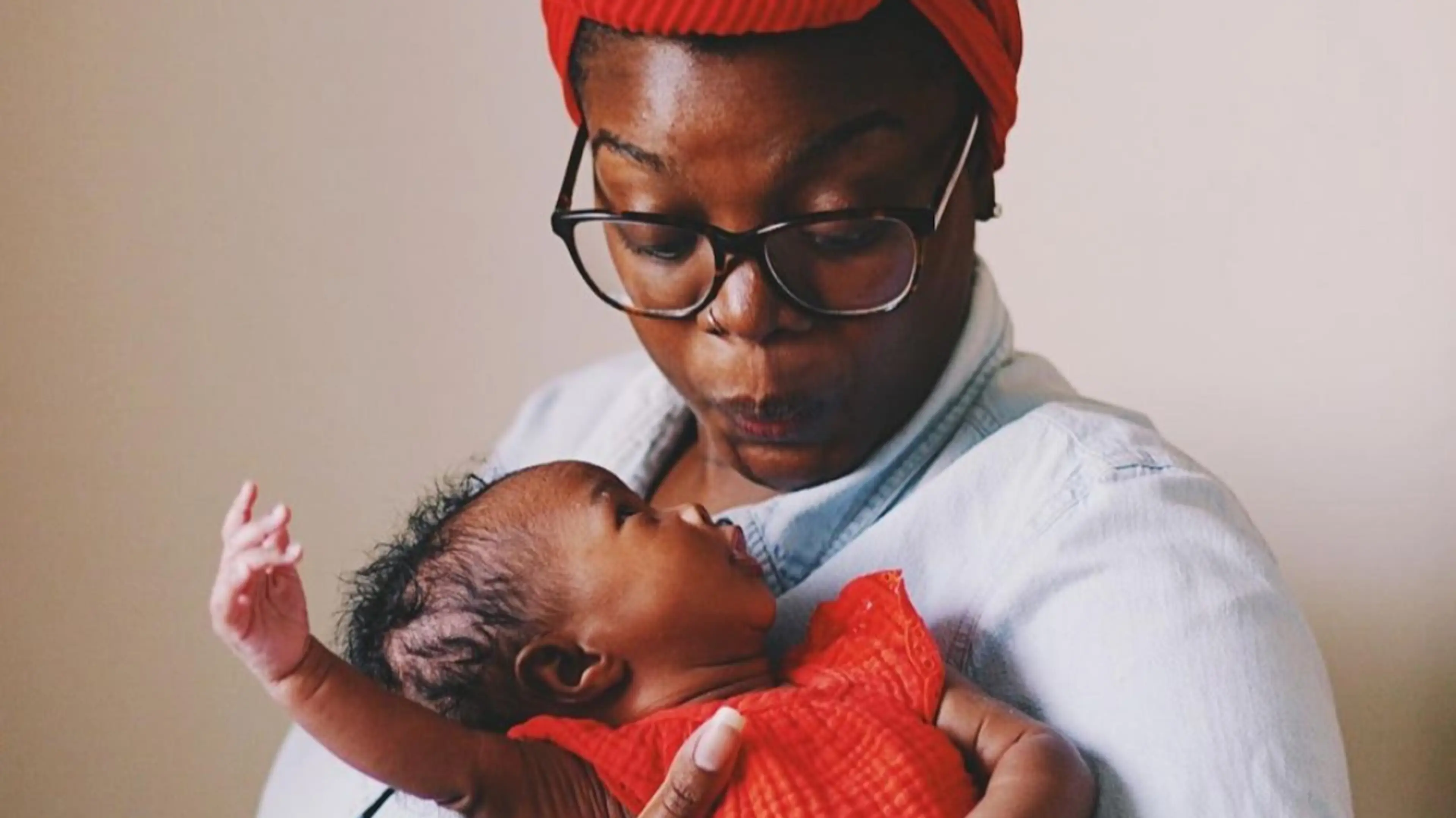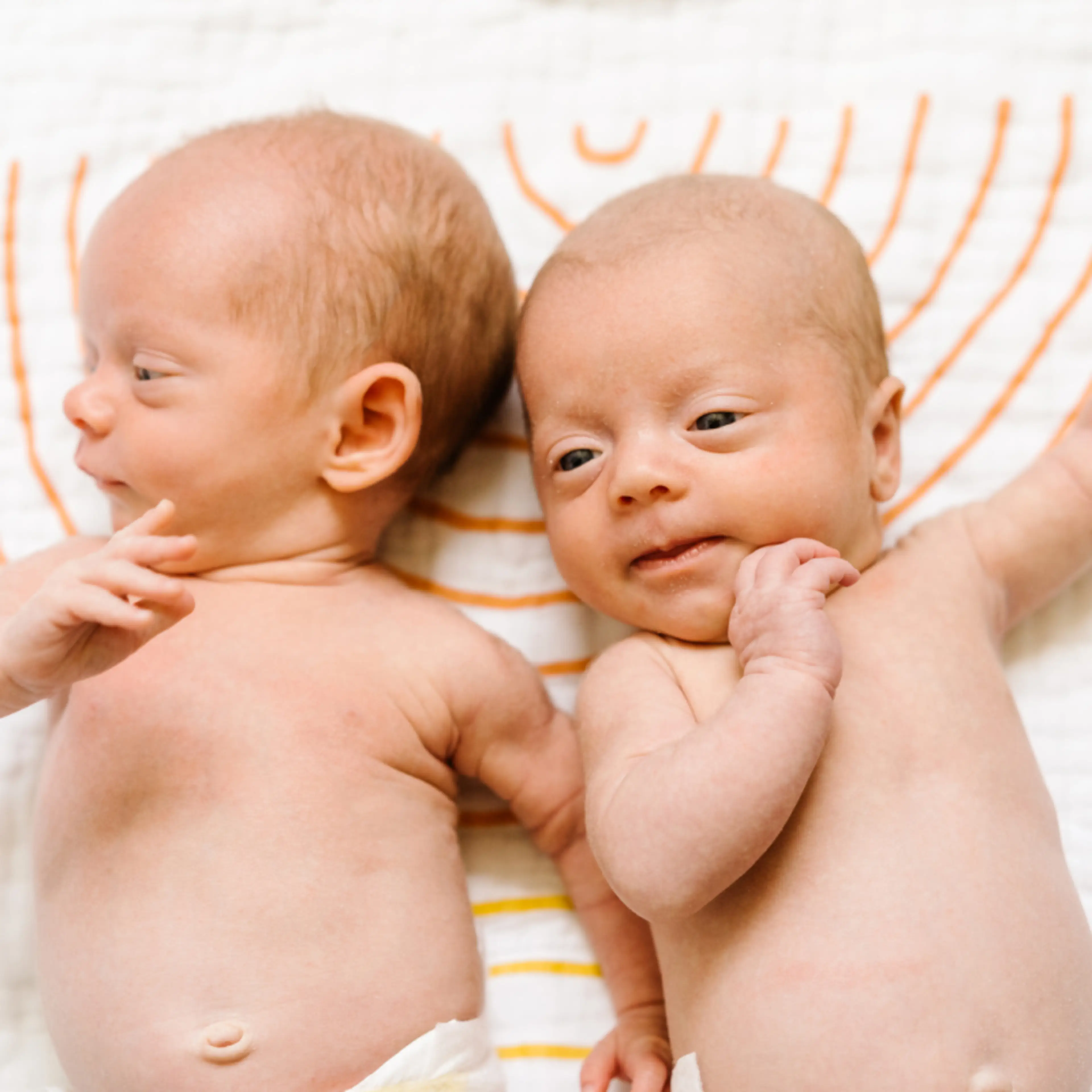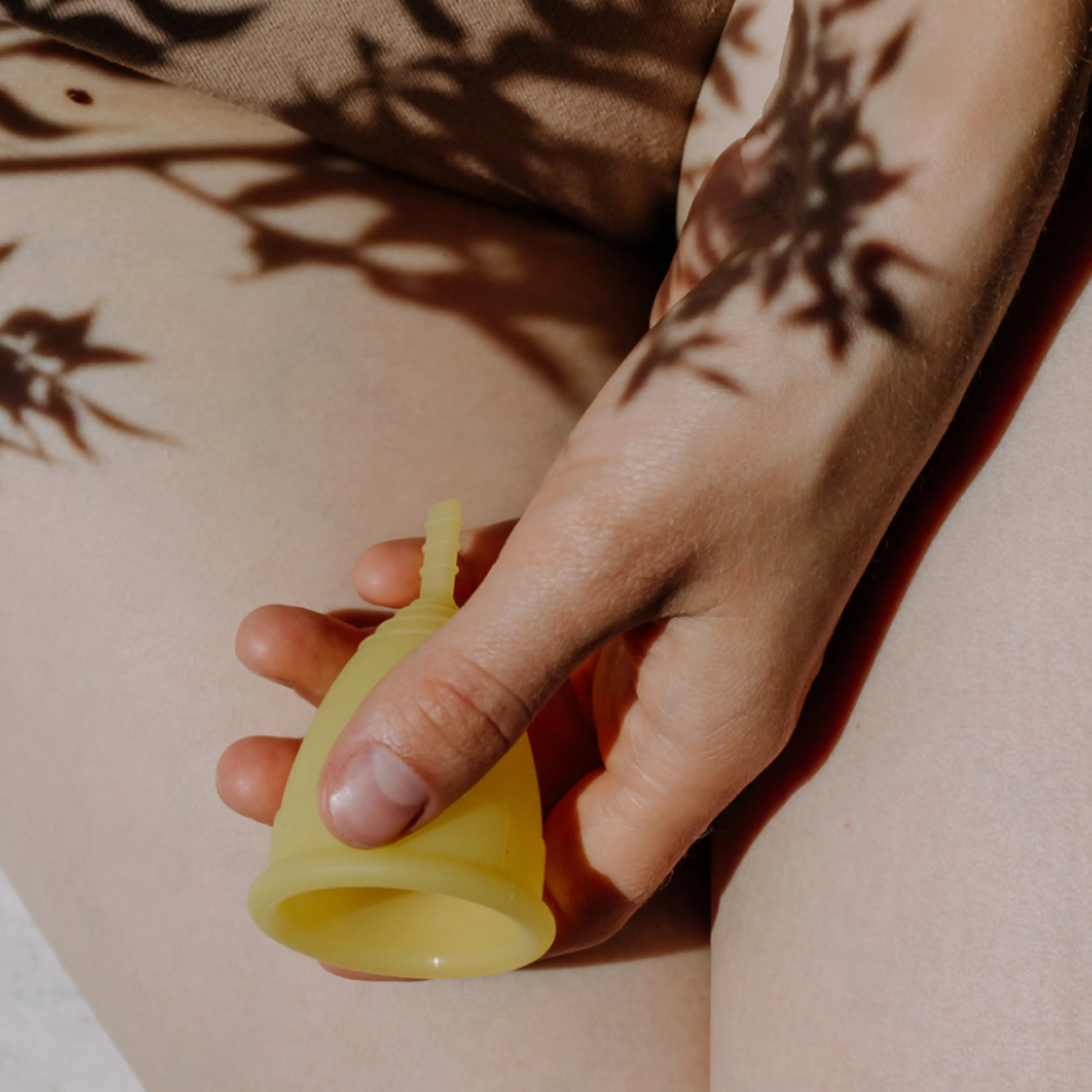Pregnancy comes with some perks, and arguably the best one is your hair looks freaking amazing. Thanks to higher estrogen levels, your hair follicles get stuck in the growth cycle, which means instead of shedding hair every day, it stays on your head. That makes your hair look thicker, longer, and dare we say, more lustrous throughout those nine months of growing a baby.
Of course, all good things must come to an end, and for pregnancy hair, the drop in estrogen postpartum means the follicles are thrown back into the shedding phase all at once. Cue the massive clumps of hair that come out in the shower and the bald spots that seem to appear overnight around your temples.
It’s easy to freak out when you start to see your hair falling out at an alarming rate, but in most cases, it’s just a part of the postpartum journey, says Dr. Danielle Wright-Terrell, an ob-gyn, owner of the postpartum coaching platform Honey, and mom to a 1.5-year-old. “Let’s just go ahead and normalize it—it’s going to happen,” she says. “I tried my best to prevent it by taking the vitamins and doing the hair supplements, and I still couldn’t avoid it.”
We all experience hair changes differently in pregnancy and postpartum, and in general, this phenomenon is not well-studied, says Wright-Terrell. That said, these are the most common postpartum hair complaints.
Postpartum Hair Changes
Are clumps of hair falling out every time you wash your hair? What about a streak of gray that you swear wasn’t there before having a baby? Do your curls actually look different? If you’ve ever stared into the mirror wondering what the hell happened to the glorious mane of hair you had grown accustomed to during pregnancy, know that lots of women report hair changes postpartum—like almost 100 percent—and while some changes may be permanent, others may just take time to go back to your pre-baby norm.
Lots and lots of hair loss
Again, hair loss is completely normal and extremely common postpartum, says Dr. Viktoryia Kazlouskaya, a board-certified dermatologist specializing in hair loss and an owner of Dermatology Circle. “Nearly every woman will have normal hair loss, which continues up until about six months postpartum,” she says. “It might peak at three months, continue for about six months, and then it comes back to normal by the time the child is about one year old.”
Haley Tardy, 30, who has a 4-month old and a 3-year-old, first noticed major hair loss when taking a shower for the first time after having her second child. “All of a sudden there was a huge pile of hair on the floor, and I was like, ‘huh, that’s kind of weird,’ but then it just kept happening.” She says it freaked her out at first, but now, “I feel like I’ve just accepted it.”
Bald patches around the temples
Often, women will see bald patches on the temples, called temporal hair loss, says Dr. Mary Lupo, a board-certified dermatologist and owner of the Lupo Center for Aesthetic and General Dermatology. This is exactly where Briana Engelbrecht, 31, a mom to a 2.5-year-old and 4-year-old, noticed it one day when she was taking selfies with her then 4-month-old son. “When I looked back at the pictures, I noticed the temple area was just gone, but I couldn’t see that in the mirror,” she says, noting that it made her a little self-conscious.
Tingling and sensitivity
Anecdotally, Dr. Wright-Terell says she experienced tingling and extreme sensitivity in the hair follicles around her temples. In response, she adjusted the tension she was putting on her hair in that area, foregoing tight buns and ponytails for looser hairstyles. But in the end, it didn’t matter. “The hair still fell out,” she says.
More gray hair
This is one that may be more coincidental than scientific, says Dr. Lupo. “I think it’s genetic and it’s timing,” she says. “If you have a predilection towards gray hair, it is pretty common to have the gray strands start showing in your late 30s, and a lot of women are having babies in their late 30s.” That said, gray hair postpartum hasn’t specifically been studied, so it’s possible that the stress of pregnancy and postpartum could have something to do with it.
Different curl pattern
While no doctor can say for sure, Dr. Wright-Terrell says she has patients with curly or textured hair tell her all the time that their hair looks different. “They’ll say, ‘My hair texture has changed. It used to be super curly, and now the curl pattern is different and my hair is thinner,’” she says. “This is understudied, so all of the above could be experienced.”
Thinning hair
Another big one? Women often complain of thinning hair after having a baby (which can also cause texture or curl pattern changes), but this may be more complex than the normal postpartum hair loss that happens with healthy follicles, says Dr. Kazlouskaya.
Two things can occur: one, you may have genetic female pattern hair loss that—unbeknownst to you—was already causing some hair thinning before pregnancy. So, after the expected cycle of postpartum hair shedding, your hair may bounce back to a new, thinner, normal. The second thing that can happen is more rare. Pregnancy can sometimes trigger alopecia areata, which is a chronic autoimmune disorder that causes hair loss, says Dr. Kazlouskaya.
Wispy hairs growing in
Anyone who has had a baby knows of the dreaded wispy, curly short hairs that grow back in around your hairline. They’re impossible to style and seem to have a mind of their own. The good news is that means your hair is growing back, says Dr. Lupo. “As the new hairs come in they are shorter and wispier, and it’s easier for them to curl, but as the hair gets longer, the weight of the hair straightens out the curl,” she says.
Extra greasy or unusually dry hair
Some women report having extra greasy or extremely dry hair postpartum, which could be due to hormone changes, but it’s hard to say for sure. After her second pregnancy, Engelbrecht says her hair now feels more dry and frizzy than before. “I get the same kind of haircut, but it just doesn’t look the same,” she says.
Is Your Hair Loss More Than Postpartum Shedding?
If your hair seems overall thinner after having a baby, it’s a good idea to check in with a dermatologist, says Dr. Lupo. They can investigate some other reasons for hair loss, including:
Vitamin D Levels: If your vitamin D level is not optimal, hair loss can be more of an issue, says Dr. Lupo. “The normal range starts at 30 ng/mL but you want your vitamin D level to be somewhere between 50 and 70 ng/mL.”
Low Iron: If you have heavy periods, also check your ferritin levels. If those levels aren’t where they should be, that can also contribute to hair loss, says Dr. Lupo.
Thyroid Hormone: Having too high or too low levels of thyroid hormone can also cause hair thinning, and having a baby can throw that out of whack, says Dr. Lupo.
Scalp Health: If you are prone to dandruff or flaking, you want to shampoo every day to clear out oil and dead skin cells that build up on your scalp and can suffocate the hair follicles, says Dr. Lupo.
There are a few other considerations for Black women with hair loss, including traction alopecia, which can develop from very tight hairstyles, as well as central centrifugal cicatricial alopecia, which needs early treatment to prevent further hair loss. “There is a high chance of these conditions getting misdiagnosed or just dismissed as being postpartum hair loss alone,” says Dr. Kazlouskaya, so it’s important to see a doctor who is well-versed in Black hair types.
What Can You Do?
If you suspect there is something more than postpartum hair loss going on, like genetic hair loss or alopecia, it’s a good idea to talk with a dermatologist. There are a number of treatments available to help with this, and a medical professional can figure out the best option for you.
If your hair loss seems to be directly tied to being postpartum—typically bald spots around the temples—there’s not much you can do but wait it out. You can try the dermatologist-recommended supplement Nutrafol to help regrow your hair (all three doctors say it works), as well as give your hair a break from extra tight hairstyles (Engelbrecht adopted a claw-clip mom-style for this reason). But ultimately, you may just have to ride the wave of hair changes that comes with having a baby. Trust us, those wispy hairs will grow out eventually.
